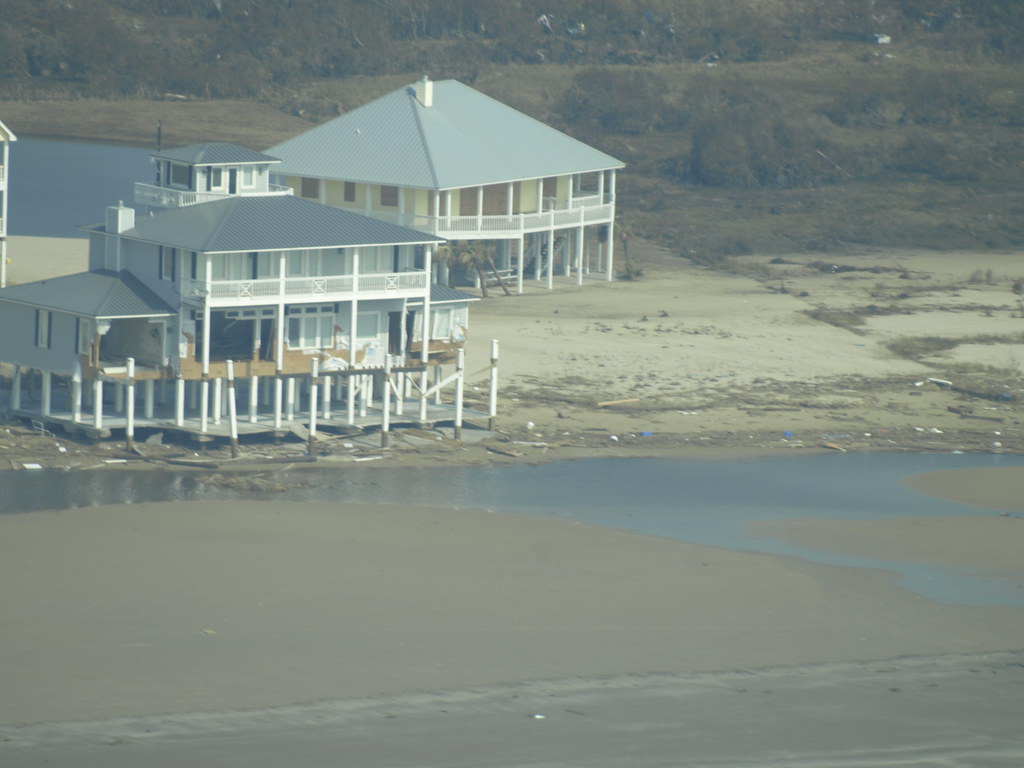A new study shows Texas homeowners along the Gulf Coast have lost tens of millions of dollars of property value over a 12-year period ending in 2017, due to rising sea levels. The hardest hit city in Texas has been Galveston, followed by three other cities within 40 miles: Jamaica Beach, Bolivar Peninsula and Surfside Beach.
Perla Trevizo is an environmental reporter for the Houston Chronicle, and says the First Street Foundation and analysts from Columbia University have been evaluating real estate data and flooding information from coastal states from Maine to Texas in order to make the loss estimate.
“They’re not necessarily saying that properties have lost value by this amount, but they’re saying they haven’t appreciated the same as properties or homes that are not exposed to tidal flooding,” Trevizo says.
The sea along the Texas coast has risen 18 inches since 1950, according to the organization Sea Level Rise. But Trevizo says scientists don’t know how much sea levels will continue to rise.
“The range that scientists calculate is anywhere from the continued 3 to 5 millimeters – that global level per year – up to a sea level rise of 1 to 2 meters by the year 2100,” Trevizo says.
Trevizo says Galveston’s City Manager, Brian Maxwell, told her he and others are concerned about high flood insurance rates. He pointed out that property taxes grew by at least 7%-8% in some years during that 12-year period.
“Overall, he disagreed a little bit with the impact that tidal flooding, … related to sea level rise, is having on home values,” Trevizo says.
Trevizo says sea level rise and its causes are often misunderstood, which is why First Street Foundation wanted to share the economics and personal impacts with homeowners and city governments.
“They want to make this information available so people can start making decisions in what they say could be the biggest investment in their lives,” Trevizo says.
Written by Sara Schleede.
















